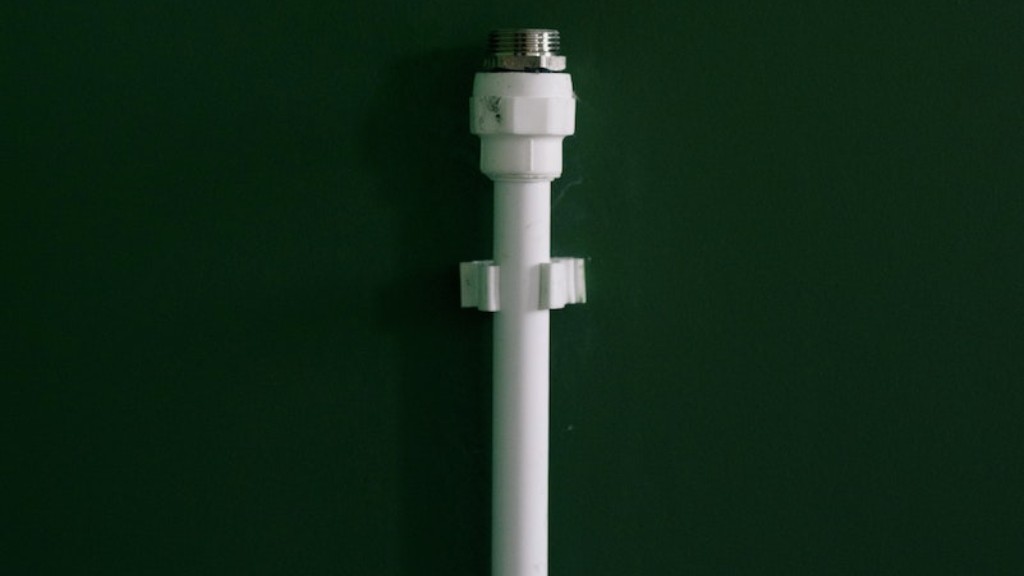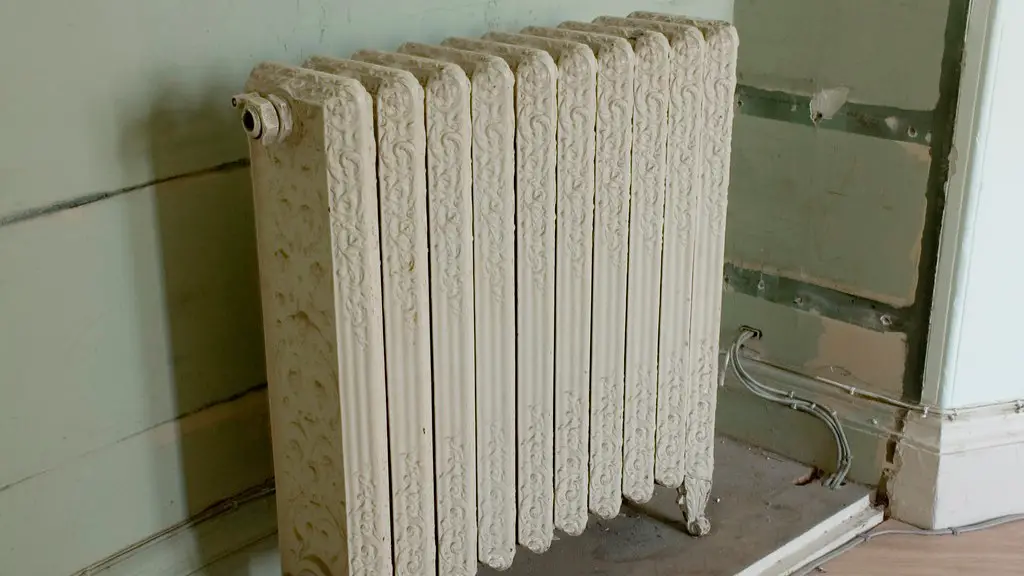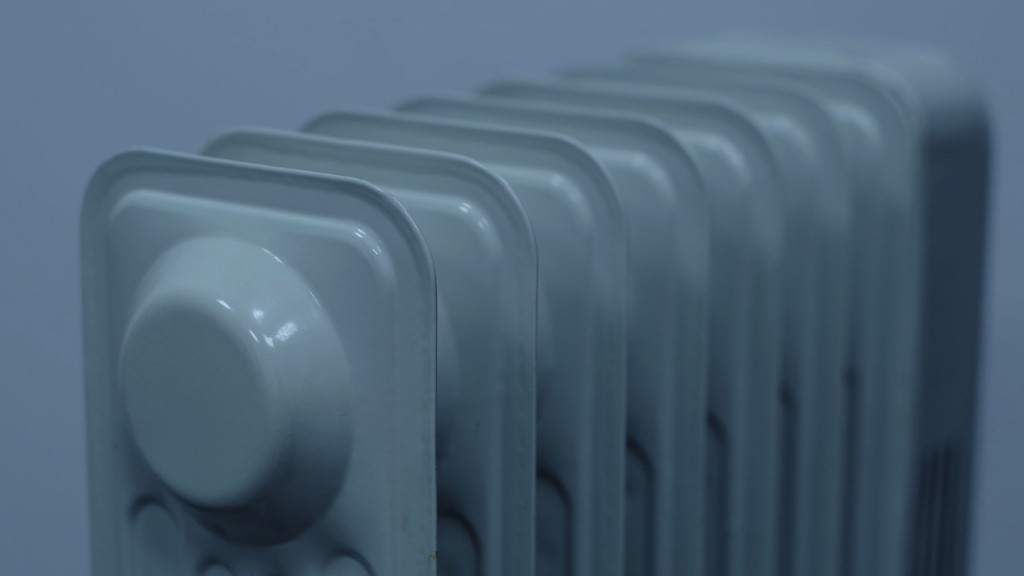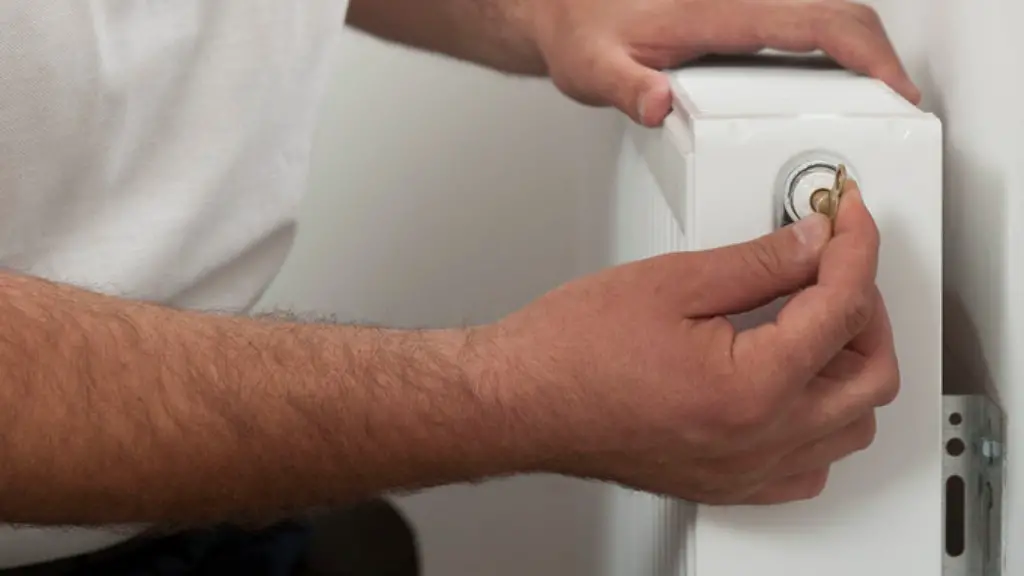Curtains are a necessary component of any room design, but they can also be a source of frustration. The wrong size or style of curtains can make a room feel cluttered, cramped, or even dark. When it comes to choosing the right curtains for your space, one important consideration is the placement of your radiator. Radiators are often located near windows, and you’ll want to make sure your curtains are long enough to provide adequate coverage. Here are a few tips to help you choose the right length for your curtains:
The ideal length for curtains above a radiator is about six to eight inches. This allows enough space for the heat to circulate while also providing some privacy.
Is it OK to have long curtains over a radiator?
Most people make the mistake of fitting heavy floor-length curtains over both the window and the radiator below. This traps the heat in the window space and doesn’t allow it into the room. Correctly fitted curtains should not cover the top of the radiator, but should stop just below the window ledge. This will allow the heat to enter the room and keep it warm.
If you have a radiator that emits heat from the back panel, it’s best to keep curtains short so they don’t block the flow of warm air into the room. Or, if you prefer longer curtains, keep them to the side of the radiator as much as possible.
Is it OK for curtains to touch radiator
Curtains should be long enough to cover your window, but not long enough that they hang over your radiators. While it’s very unlikely that a curtain will catch alight from being heated up to a high temperature, do you really want to take the risk?
If you have floor-length curtains that you don’t want to pair with anything, you can try hanging them on an extended rod or bracket. This will keep the curtains away from the wall and the radiator when drawn, without affecting the heating effect.
Will long curtains block heat from radiator?
If you want to make the most of the heat generated by your radiator, it makes sense to choose curtains that don’t extend below your windows. Shorter curtains allow heat to circulate around the room, making it more comfortable.
If you have radiators in your home, it’s important not to tuck your curtains behind them. Most modern radiators release half of their heat from behind the front panel, and tucking your curtains behind the radiator will restrict the flow of warm air. In some cases, tucking in your curtains can completely block out this flow of warm air, making your home less energy efficient and costing you more money in the long run.
Should curtains go in front or behind radiator?
If your room feels cold, our tip is to try putting your curtains behind the radiator. This way the radiator warms the room rather than the window’s space. It also allows the radiator’s convection system to work perfectly and as it was designed.
If you’re looking to add curtains to a room, it’s important to choose the right length. Standard curtains come in three lengths—84 inches, 96 inches, or 108 inches—but experts say you should opt for longer rather than shorter. Choosing the right curtain length can make or break a room, so it’s important to get it right. Professional designers follow one hard and fast rule in order to achieve the perfect dimensions: they add four inches to the length of the window, and then they add an extra inch or two for good measure. This ensures that the curtains will drape nicely and hit at the perfect spot on the windowsill.
How far should curtain be from heater
Draperies and curtains are a common source of home fires. To reduce the risk of fire, you should never allow draperies or curtains to touch the heater. Short drapes or curtains need a minimum of 8 inches from bottom of fabric to top of heater.
This is a great tip for keeping your room warm in the winter! By fitting a deep sill or shelf over your radiator and positioning your curtains so that they touch the shelf, you can minimize draughts from your windows and keep the heat from your radiator in your room where it belongs.
What can you hang above a radiator?
Adding a pelmet or shelf above a window is a great way to add extra storage or display space in a room. It’s also a relatively easy project to do yourself, so it’s a great way to add a personal touch to your home.
care must be taken to ensure that electric radiators and heaters are not placed too close to any flammable materials as this can cause a fire. Always refer to the manufacturer’s instructions carefully to ensure safe use.
Are short curtains outdated
We recommend avoiding short curtains and drapes if possible. They can look outdated and can make the ceiling look lower. If you must use short curtains, make sure they hang no more than an inch above the ground.
When hanging curtains in front of a baseboard heater, the curtains should fall 1″ from the floor and hang 2-3″ from the edge of the heater. This will help to prevent the curtains from getting too close to the heat source and being damaged.
What length of curtains do I need?
When choosing curtains for stationary panels, it is important to consider the length. You will want your curtains to be long enough to lightly brush the floor, but not so long that they bunch up in a pile. A good rule of thumb is for your curtains to break anywhere from a ¼” to ½” from the floor, similar to a break in pant legs on your shoe. This will help to create a polished look and will also prevent your curtains from becoming damaged or stained.
If you’re worried about your home’s heating bill, consider installing a reflective panel on the wall behind your radiator. The reflective panel will reflect heat back into the room, making it more efficient and helping to lower your heating costs.
Why are radiators always under windows
The hot air from the radiator rises and pushes against the cold air coming in from the window. This circulates the warm air around the room more efficiently. If the radiator were in the middle of the room, the heat wouldn’t fill the room as well.
You need to remember that the position of a radiator affects its efficiency. The best place for a radiator is in the coldest part of the room. This used to be under windows. However, in more modern double-glazed homes, there may not be a cold area, so you can put radiators where they won’t affect the use of walls.
Conclusion
There is no definitive answer to this question since it will depend on the size and shape of the radiator, as well as the overall aesthetics of the room. However, as a general rule, curtains should be hung about 10-12 inches above the radiator. This will allow for proper ventilation and will also prevent the curtains from getting too hot.
There is no definitive answer to this question as it depends on personal preference and the specific design of the room and radiator. However, as a general rule of thumb, curtains should be hung about 6-12 inches above the radiator. This will allow for proper heat circulation and prevent the curtains from getting damaged or dirty.





